Alright – so today we’ve got the honor of introducing you to Tina Cornely. We think you’ll enjoy our conversation, we’ve shared it below.
Tina, thanks for joining us, excited to have you contributing your stories and insights. We’d love to hear about a project that you’ve worked on that’s meant a lot to you.
In 2012 a friend asked me to check up on a struggling orphanage located in Bamako, Mali. All I had to hear was “orphans” in order to make my decision. On a wing and a prayer, I boarded my long flight from Miami to Mali, the home of Timbuktu. Foreign governments were evacuating their staff due to the escalating civil war, I arrived on a empty flight with multiple bags full of emergency supplies. Bamako was dangerous and my trip arduous. It was my time spent at the orphanage that cemented my desire to formalize my humanitarian work. I pivoted and decided to go full time and no longer just dedicate my vacations to being of service to others, Upon my return to Miami, I took the plunge and registered my 501c3. The name for my non profit came to me during my long flight back from Mali. Bridging Humanity summed it up nicely because it represented the core of my vision and mission, building bridges together so we can cross over to a better, more equitable world.
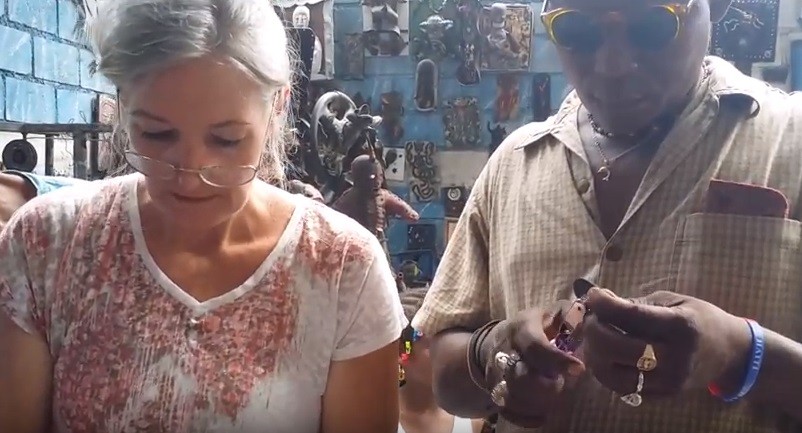
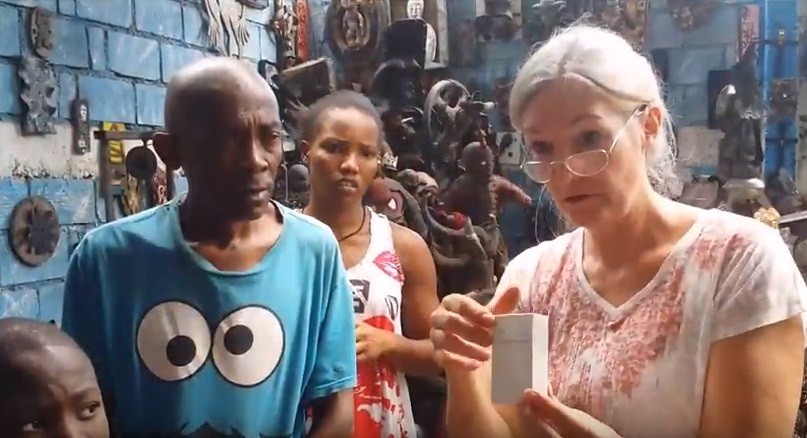
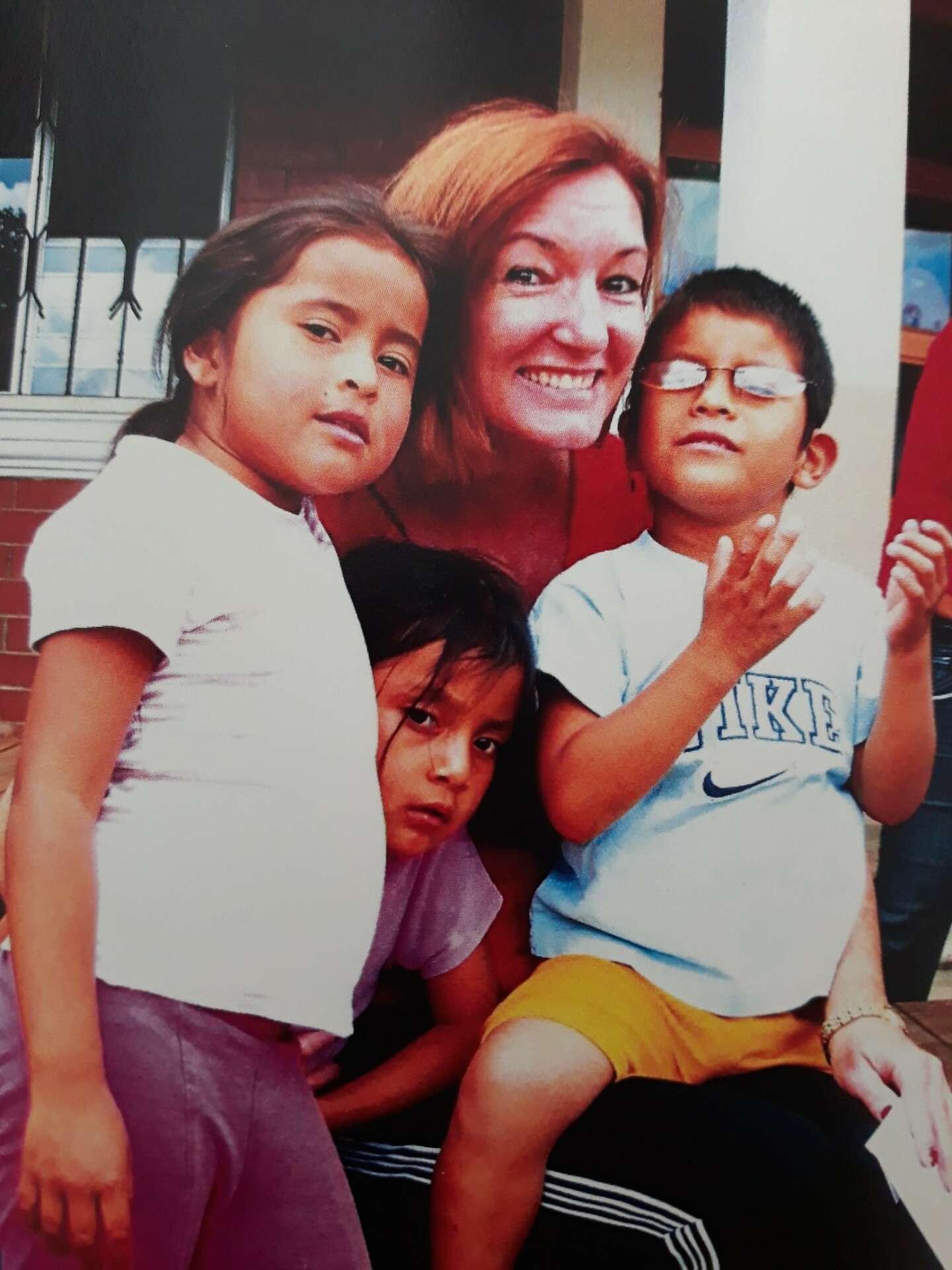
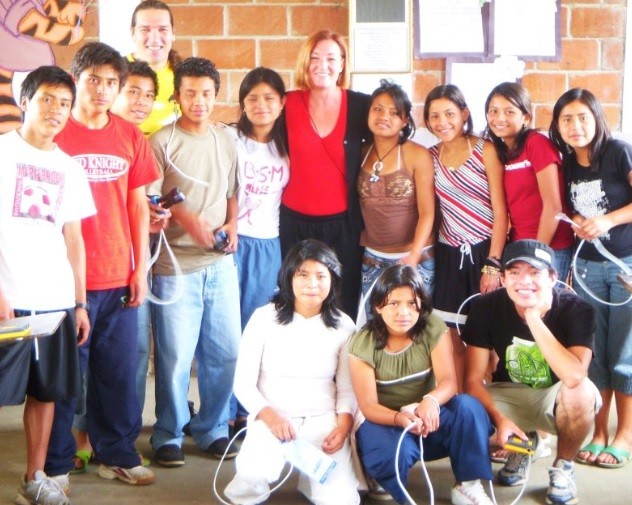
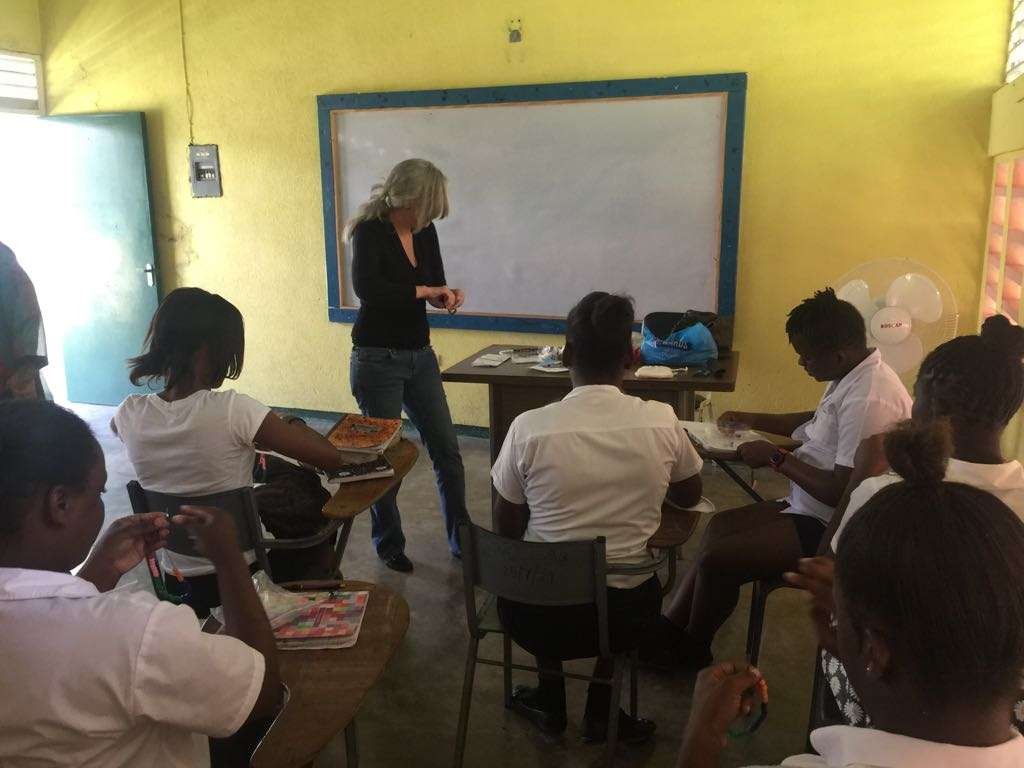
Awesome – so before we get into the rest of our questions, can you briefly introduce yourself to our readers.
How do you sum up a description of yourself in one word? Not an easy feat but for me it is karuna (Sanscrit for compassion). Karuna is my mantra but love of the arts is my primer. I am passionate about painting, sculpture, literature, architecture, cinema, music and theater. I persevered and was able to translate my love of the arts into a successful business career. I am first and foremost a technologist but I am also a museum administrator, linguist, professor, forensic analyst and environmental activist. At the very core, art has continuously played and touched my life in meaningful ways. From a young age I surrounded myself with art and went on to work at two of today’s leading museums, the Solomon R. Guggenheim New York museum and Miami’s Perez Art Museum. Lastly, leading, writing and teaching the technology curriculum at the University of Miami in the 1980s catapulted my career when very few women played important roles in the tech industry.
How did you build your audience on social media?
Let’s talk about inequity. Inequity for artists and non profits as well. Both have it tough today.
Generally speaking, artists pay their gallerists to represent them at satellite art fairs during Art Basel (a gallerist also earns a commission on top of their representative fee). It typically unfolds with the client paying the gallerist at the moment of purchase. However, the artist has to wait six months before he/she gets paid. Instagram has helped artists branch out on their own and break away from the traditional and unbalanced artist/gallerist relationship.
A registered 501c3 is not required to pay sales tax and should receive non profit discounts for retail purchases. Sadly, they are treated just like for profit businesses, both in banking and retail. Currently, funding foundations have made the application process for grants tedious and unbelievably time consuming. After investing exorbitant time and multiple declines, many eligible non profits simply give up. So, how can social media help the non profit community?
Suffice it to say that if I were still teaching at the University of Miami, I would be teaching Social Media classes. Thanks to Twitter, Facebook and Instagram, artists and non profits are able to cut through the red tape and level the playing field.
Case in point: The war in Ukraine has taught us some hefty lessons. The war is unfolding right before our eyes and in real time thanks to Twitter. My hat is off to Mykhailo Fedorov. Ukraine’s youngest minister, who has turned technology, cryptocurrency and social media into modern day weapons of war. Another example is Christian Borys, a journalist who used Shopify to build a store front in 30 minutes. Christian took a niche meme dubbed St. Javelin (Mother Mary holding an anti-tank weapon), created a sticker and sold it on his Shopify page. So far he was raised $1M+ and donated 100% of the proceeds to the Help Us Help Ukraine Charity.


Looking back, are there any resources you wish you knew about earlier in your creative journey?
I wish I had known about Twitter early on as it has become an indispensable social media tool that has helped me raise awareness about current day crises. Twitter started in 2006 but it was not until 2009 when I finally joined. It was in March of 2021, Jack Dorsey (one of the founders of Twitter) took the bulk of his wealth and started the #StartSmall Initiative. Start Small projects are tracked in a google shared document for the world to see and the application process takes about fifteen minutes to complete. Imagine that! Jack’s concept is simple and is redistributing power—systemically, organizationally and interpersonally—in service of a healthier and more equitable nonprofit sector.
Contact Info:
- Website: https://bridging-humanity.org/
- Instagram: https://www.instagram.com/tinacornely/
- Linkedin: https://linkedin.com/tinacornely/
- Twitter: https://twitter.com/tinacornely
Image Credits
Tina Cornely


